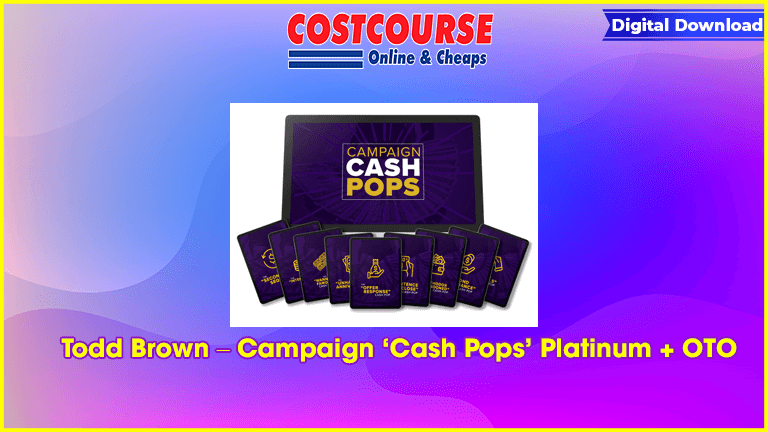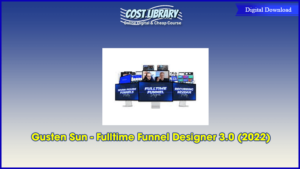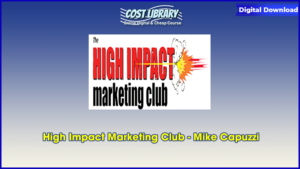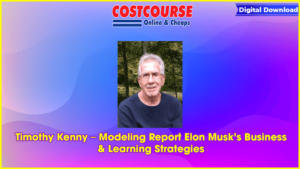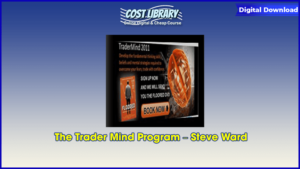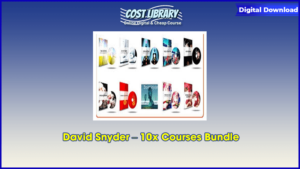Your Way to Profits?
“Plug These 9 Done-For-You Campaign ‘Cash Pops’ Into Your Business And You’ll Be Stunned By The Increase In Sales You See…†– Todd Brown
Todd Brown – Campaign ‘Cash Pops’ Platinum + OTO
With Campaign Cash Pops You Can Finally:
Make your funnel profitable with paid traffic, generate a consistent flow of sales online and stop losing money on paid ads.
Start to enjoy your business again and not be constantly worrying where your next sale is coming from.
And/Or banish the nagging feeling of whether or not you and your business will make it and finally make the impact you want on those you serve.
If you market or sell anything online, pay close attention…
Because this page shares likely the real reasons your online business isn’t generating you the amount of money you’d like…
And possibly the easiest and fastest way to fix it.
Hi, my name is John Mulry.
Today I’m going to do four things for you:
1. Take you behind the scenes of our multi-million dollar business.
2. Detail the six biggest challenges we discovered online businesses are facing after we analysed over 3,400 strategy sessions we’ve generated.
3. Give you the opportunity to swipe the our unique Campaign Cash Pops and 4X Framework that’s been worth millions to us.
4. Let you decide yourself risk free if this DONE-FOR-YOU solution is good as we say they are.
6 of the biggest obstacles are…
1. NOT Converting Audiences Into Sales…
It may be your email list of subscribers or leads who have shown interest in a lead magnet, a product, an offer or service but haven’t bought.
It may be your Facebook Group (regardless of size) of your prospects.
It may be your retargeting audiences on Google, Facebook or YouTube.
Your ability to make sales is critical to the success of your business.
2. NO Systems in Place in Their business.
Random ad-hoc marketing is not only time consuming it is ineffective.
Without the proper systems for attracting, following up, and converting your audience, subscribers and followers you will struggle to achieve your business and income goals.
This also leads to a dependency on things like word of mouth or referrals.
Word of mouth and referrals are fantastic but businesses cannot and should not be built on them.
3. NOT Following Up the RIGHT WAY.
We discovered most business owners don’t communicate enough with their audiences, their subscribers and their followers.
According to the IRCSS on average, only 2% of sales are made during the first point of contact. And 80% of sales are made between the 5th and 12th contact.
Most online business owners and marketers have a couple of emails in place to “try†and convert them, then after that? Nothing.
This results in a LOT of money on the table. Money that is yours.
4. No Strategy.
There lots of tactics you could be using but unless they play a part of an overall strategy that’s proven to work, any results you may get will be short lived.
Tactics come and go, strategy is long term.
We found a lot of online business owners are at the mercy of and overly reliant on referrals, word of mouth, random recommendations or the erratic results that come from organic marketing methods like SEO and organic social media marketing.
The lack of strategy in acquiring leads and customers and strategically following up with them in a specific way was a big eye opener.
5. Not Knowing What To Say To Your Prospects
We discovered lots of online business owners understand the basics of marketing but struggle to communicate in a way that channels desire for their product, service or offers.
And because they don’t know what to say they often default to either saying nothing or sounding like everyone else.
What you say to your market and how you say can be a tremendous advantage or disadvantage.
6. You want RESULTS.
We also discovered lots of online business owners are fed up with hearing lots of theory and ideas on ways to grow their business.
You want actual results and you want them fast.
Fact is: there is lots of information available online with varying degrees of quality. There are some fantastic people online offering amazing solutions but there are also the other side of the coin.
Unfortunately they are people selling programs, courses and widgets that promise the world but fail to deliver the most important metric that matters in business…results.
The four components to FLAWLESS follow-up…
When it comes to structuring or setting up your followup sequences, there are really only four components, four things that you need to consider.
• 1. follow-up CHANNels
This is how you actually going to follow up with prospects. What are you going to use to communicate with them? What channel are you going to use? Email? Are you going to use SMS? Are you going to use video? Retargeting Ads?
Something to note is, it makes no sense to rely on only one channel. When you have the ability to follow up with a prospect on multiple channels, you want to take advantage of that.
The more channels you use, the greater the likelihood of your prospect engaging with your followup and therefore the greater the likelihood of producing the sale.
• 2. follow-up length
How long are you going to follow up with your prospect? Are you going to follow up with them for 3, 7, 10, 14 days? All else being equal, longer is better.
The length of your campaign is really going to be dependent on your content, which we’re going to talk about in just a second. If you have something new to say, you can add to that.
This is why there are some great marketers that have, let’s say one or two products, yet they’re able to email their lists, their prospect, their non-buyers on a daily basis, even though they’re only talking about one or two products.
• 3. follow-up frequency
How frequently are you going to follow up with them? More often is better, and so at a bare minimum, I recommend that you follow up once a day.
As long as you have something new to say, and you’re not being repetitious increase the frequency.
It’s not about hammering your prospects with repetitive ‘buy, buy, buy, buy, buy’ content.
It’s about having something new to add to the conversation, then follow up and follow up with them frequently.
• 4. follow-up content
This is what you actually say in your follow-up.
What are the angles that you use?
What are the points that you touch on?
What are you actually saying in your follow-up?
The reality is what you say in your follow-up and how you say will make or break your campaign.
Luckily for you we’re going to just give you the exact sequences we use and and give you exactly what to say and how to say it.

